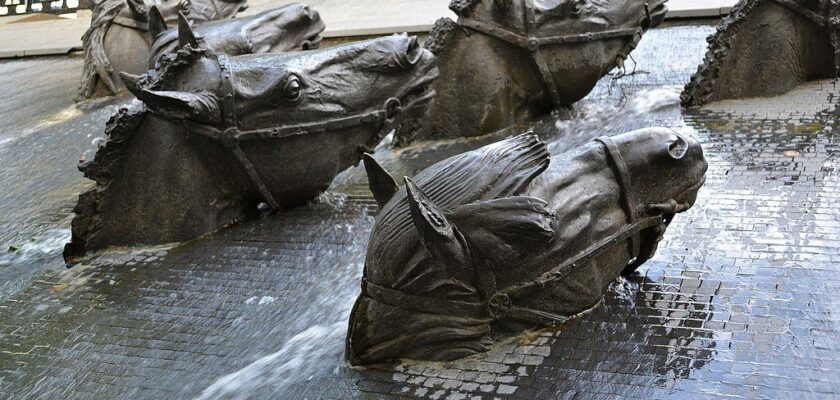Gogolevsky Boulevard
In the past centuries, Gogolevsky Boulevard, then called Prechistensky Boulevard, was a kind of Parisian Montparnasse – many famous people liked to stroll here: Gogol, Herzen, Turgenev, Pushkin, Tchaikovsky and Tretyakov.
The famous fire of 1812 did not bypass Prechistensky Boulevard. Many buildings were destroyed, so this part of Moscow also lost its original appearance, but soon it was almost completely restored.
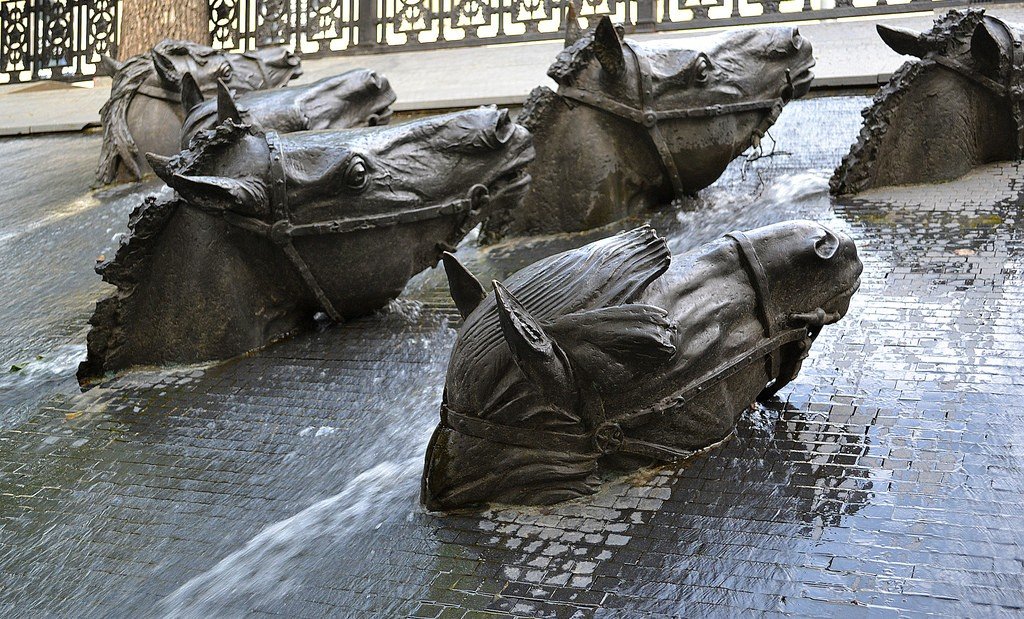
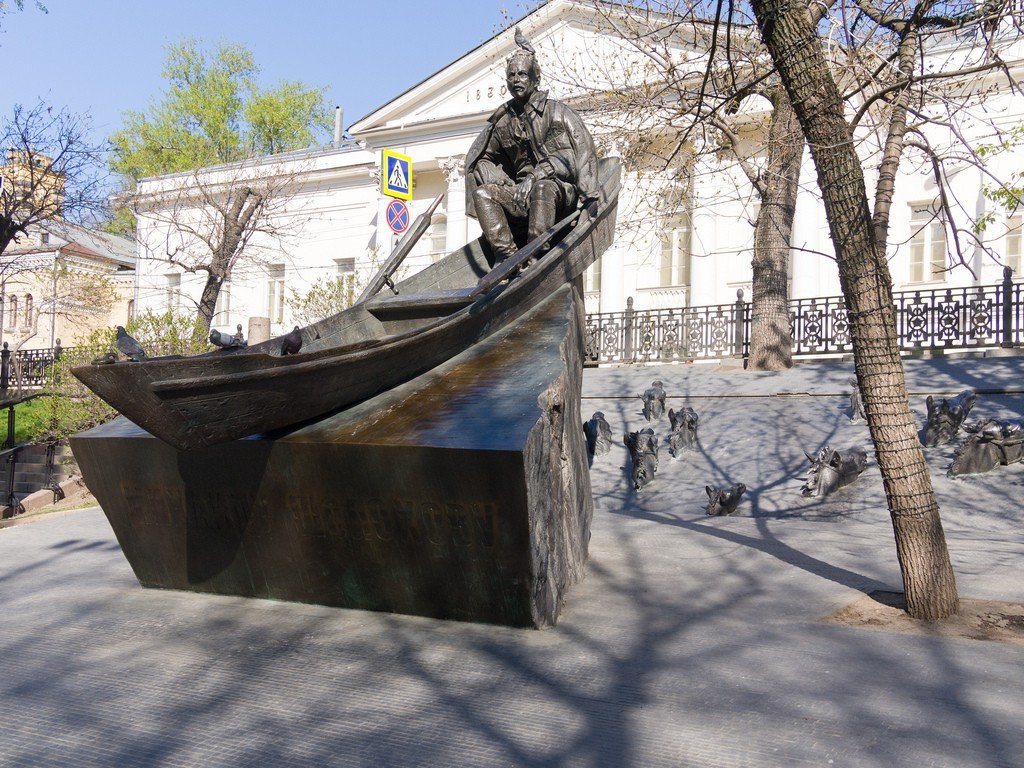
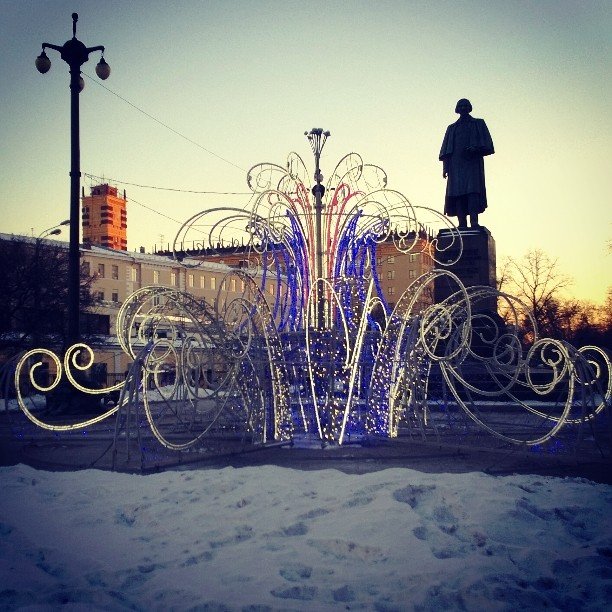
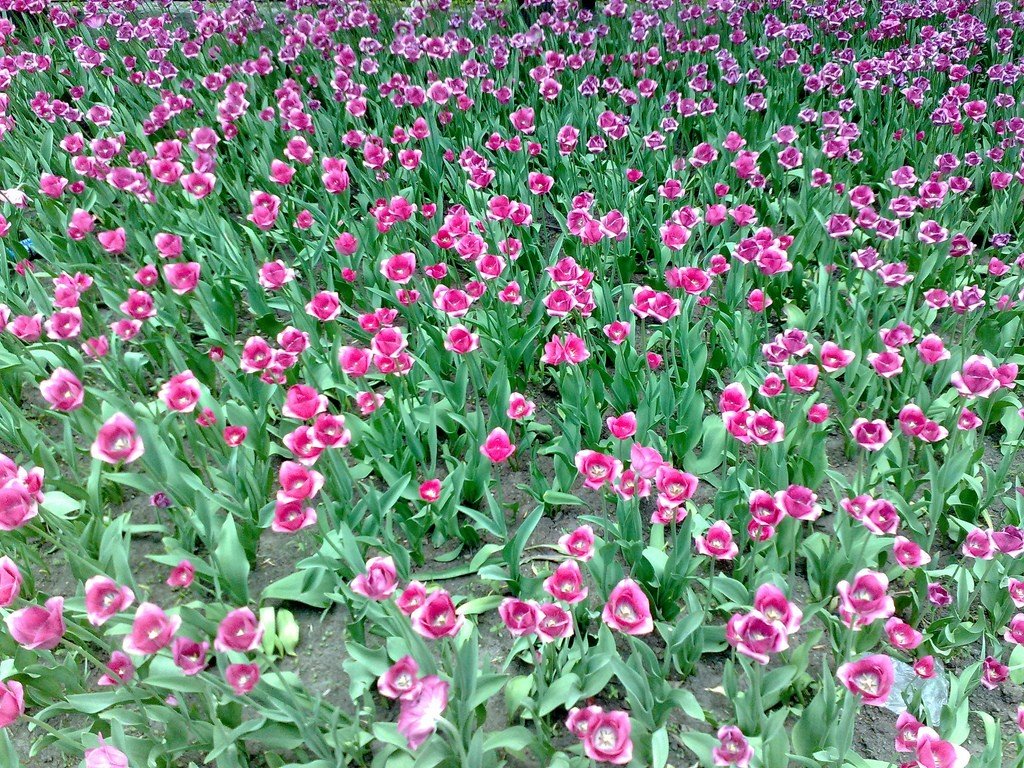
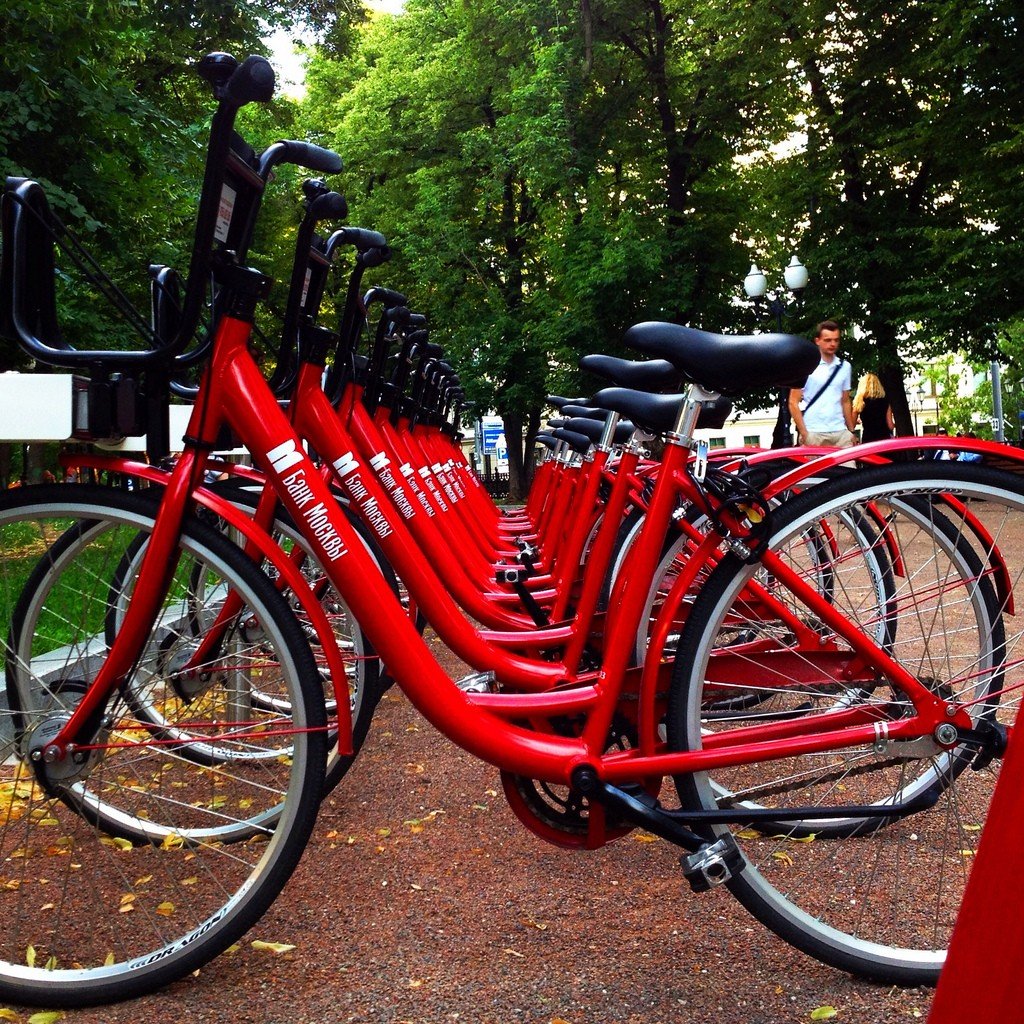
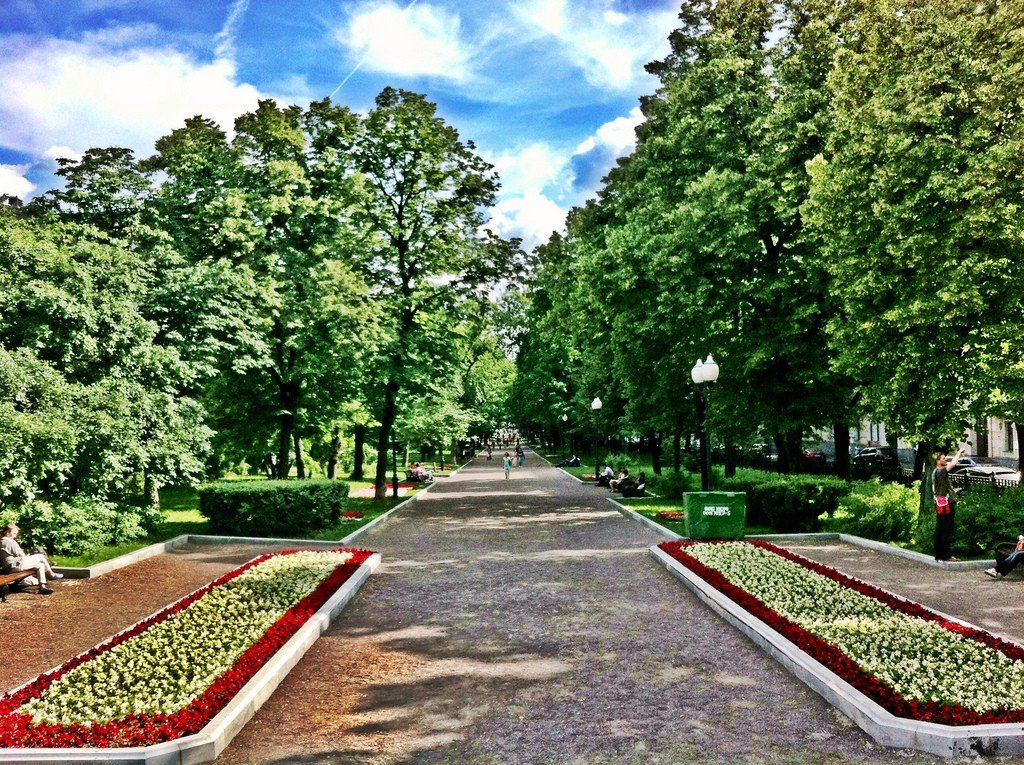
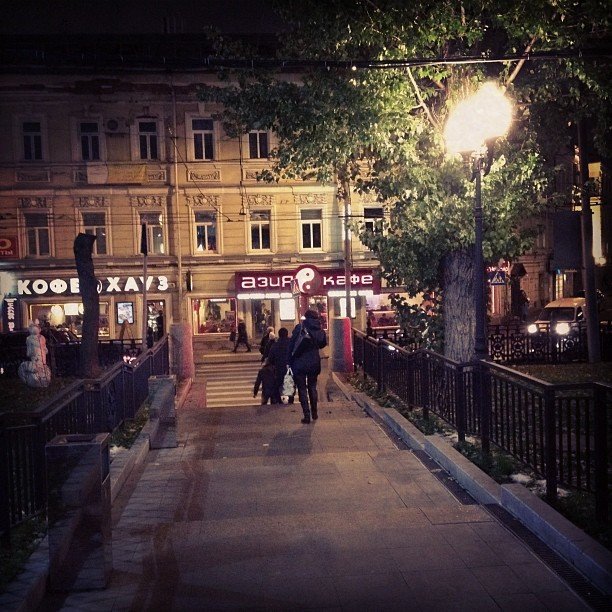
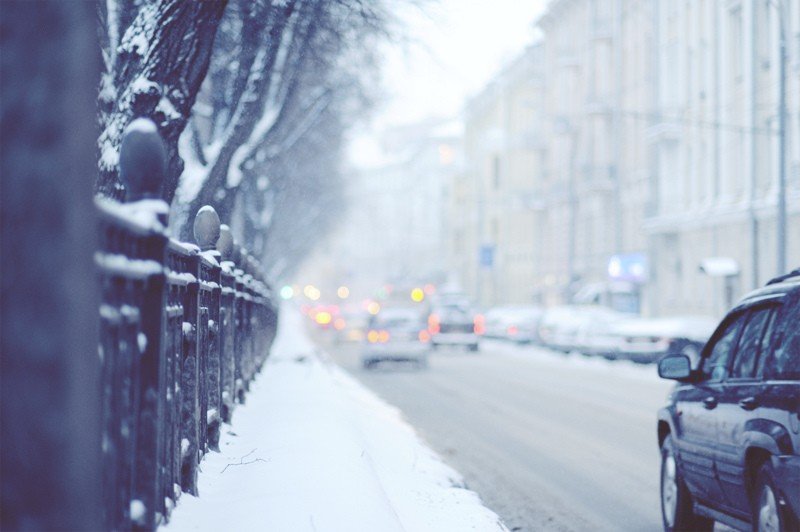
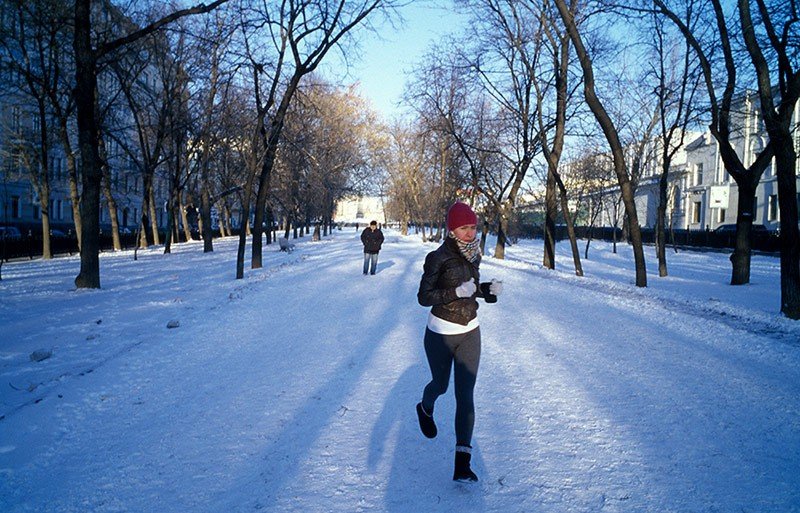
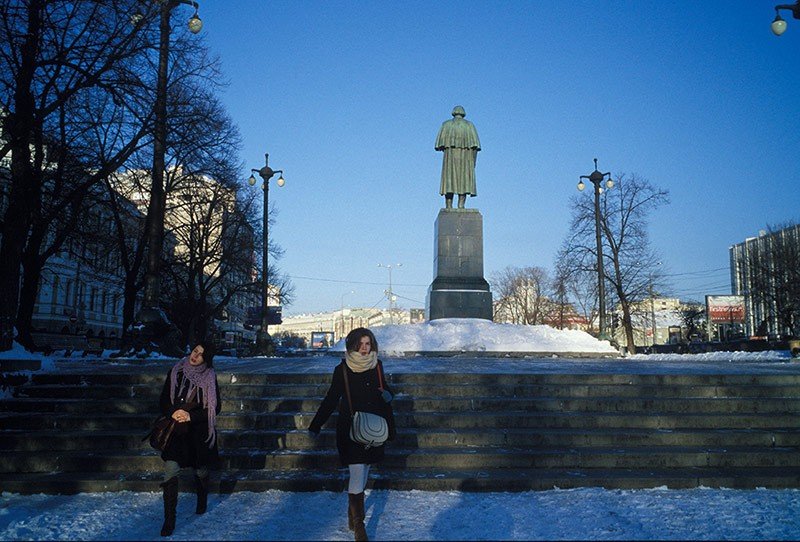
General information
Curiously, Gogolevsky Boulevard is a three-stage boulevard, as its inner driveway is on the upper stage, the boulevard itself is on the middle stage, and the outer driveway is on the lower stage. Such relief was formed due to the fact that the Chertoroi creek, now enclosed in a pipe, had banks of unequal height. Now it is difficult to imagine how many bridges there were in old Moscow. For example, in place of modern crosswalks from the metro station “Kropotkinskaya” and the Cathedral of Christ the Savior there were stone bridges similar to the Kuznetsky Bridge over the Neglinnaya River. On the bridges stood shops, traders worked. The streams were very full-flowing. Local resident Pyotr Kropotkin recalled: “Spring was coming. The snow was melting, and noisy streams of water were running down Prechistenka, along the sidewalks. Near the boulevard, the streams merged with another, more noisy river that carried empty bottles, student notebooks and all sorts of garbage down Sivtsev Vrazhk. These streams formed a large lake near the boulevards”. In the 1870s, all local water bodies were enclosed in underground pipes.
. Emperor Alexander II liked to walk along the boulevard during his visits to Moscow. The sovereign was accompanied only by his wife Maria Alexandrovna. Moscow student IA Svinyin wrote: “I had the happiness to face them quite often. Apparently, in their external image was nothing conspicuous. They went out on the boulevard without a retinue, but something told the Russian heart that it was not mere mortals. As soon as they appeared on the boulevard, a crowd would immediately form around them and pursue them relentlessly. It always seemed to me that such excessive attention to the flanning crowd could not be pleasant to the royal visitors, who undoubtedly chose this boulevard as one of the most quiet and remote, in order to rest and escape from the eternal cares and bustle.”.
Gogol Boulevard appears both in literature and in movies. Here, on one of the benches, there is a meeting of the heroes of the famous movie by Vladimir Menshov “Moscow does not believe in tears” Katya and Rudolf. This movie won the Oscar in 1980 and became the leader of distribution in the USSR – then it was watched by 90 million viewers. Although initially the creators of the picture received rather cool reviews as a decadent in spirit and rather cheap melodrama, exploiting the low feelings of viewers. Oscar Award and huge box-office success of the picture was a complete surprise for the cinematographic management and critics.
. Vladimir Menshov and the team of creators did not come to the Oscar ceremony. According to Menshov’s own version, he was “out of town” at the time and could not get to Hollywood in principle. On the fact that he received the award of the American Academy of Motion Picture Arts, Menshov learned from the program “Time”. Instead of him participated in the ceremony and received a golden statuette of the cultural attaché of the Soviet Embassy in the United States. Nine years the statuette was kept in the Goskino of the USSR, until Vladimir Menshov could not finally take it away..Curious fact: when the heroes Alentova and Batalov turn on the TV before the arrival of Alexandra, the “grid” on the screen accompanied by a waltz from the movie “Rozyгрыш” – the previous directorial work of Vladimir Menshov. A similar technique is used in Menshov’s next film, “Love and Doves”, where a fragment from “Moscow Does Not Believe in Tears” is shown on TV, and further, in the film “Envy of the Gods”, where the characters watch a tape of “Love and Doves” in a movie theater.”
.In 1985, Ronald Reagan watched the movie Moscow Does Not Believe in Tears no less than eight times before his first meeting with Mikhail Gorbachev, trying to comprehend the “mysterious Russian soul.”
.The reconstructed Gogolevsky Boulevard is described in Kir Bulychev’s Moscow of the Future. Here forest forests neighbor with heated roads. Young biologists conduct their experiments in this part of the capital, grow outlandish giant plants and breed animal hybrids. You can even pick mushrooms on Gogolevsky Boulevard. This is a symbol of the fusion of nature and civilization, which is natural for highly developed cultures.
.
The real and modern Gogolevsky Boulevard conceals many secrets, and each side of it has its own aesthetics, its own character, its own individuality. On both sides of the boulevard, a large number of revenue houses, in other words, hotels, which before the Revolution made up 40% of Moscow’s housing, have been preserved.
The real and modern Gogolevsky Boulevard has many secrets.
